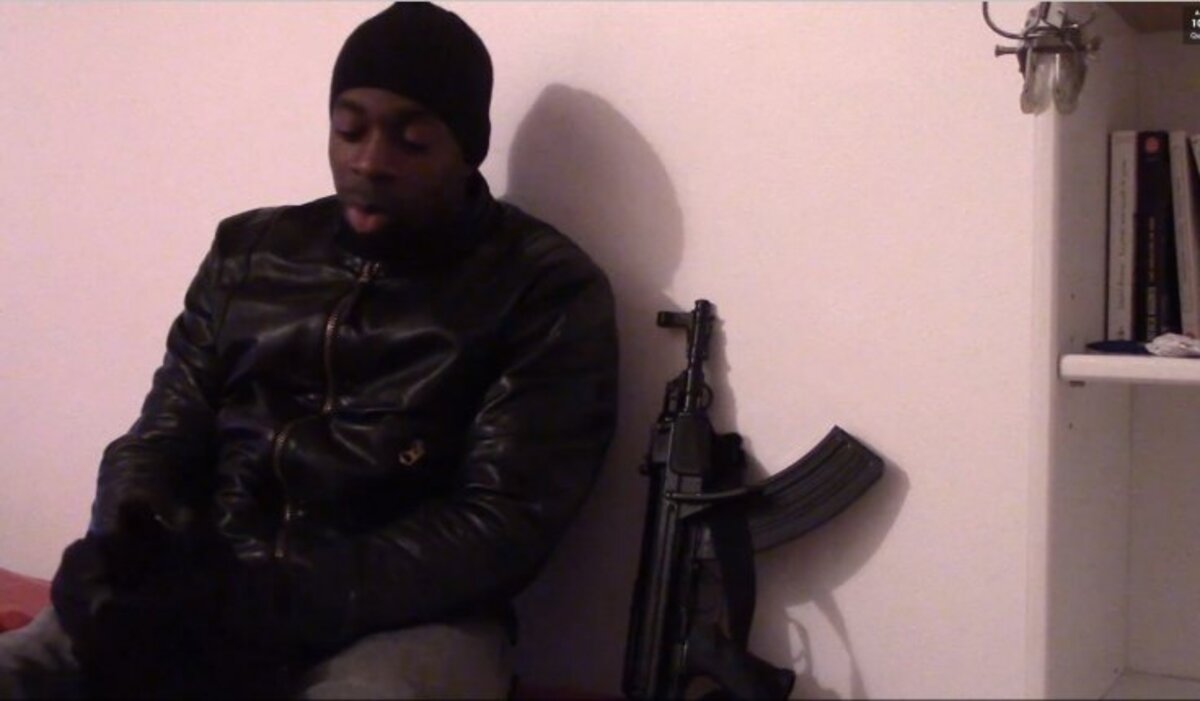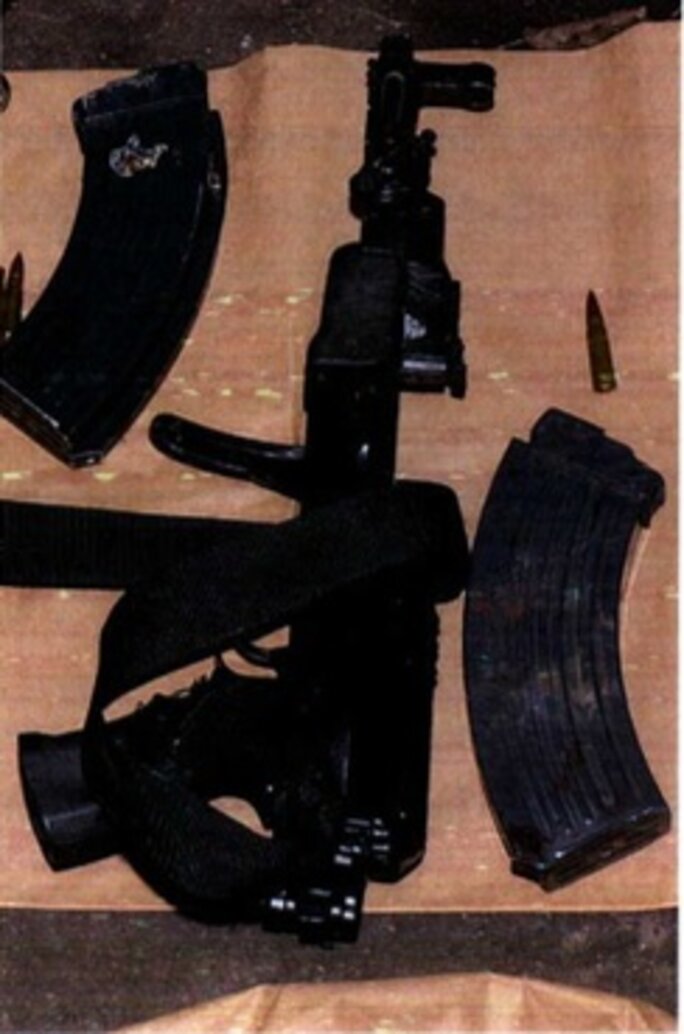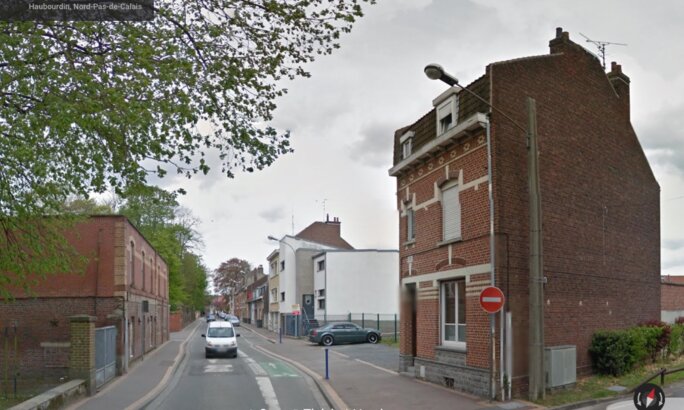The series of terrorist attacks that occurred in Paris in early January this year left 20 people dead, including three gunmen.
They began on the morning of January 7th, when 11 people died in the shooting attack on the offices of the French satirical magazine Charlie Hebdo, carried out by two brothers, Chérif and Saïd Kouachi, who claimed they were acting on behalf of Al-Qaeda in the Arabian Peninsula.
Two days later, an acquaintance of the Kouachi brothers, Amedy Coulibaly, attacked a kosher store, Hyper Kacher, at the Porte de Vincennes on the south-east tip of Paris, taking staff and customers hostage. He shot dead four of the hostages, and seriously wounded four others. Coulibaly, who it was later established had also fatally shot a policewoman, and seriously wounded a jogger during the previous two days, said he was acting in the name of Islamic State.
The Kouachi brothers were shot dead by police after they had barricaded themselves in a printing firm north of Paris on January 9th. Coulibaly was also killed that same afternoon when police stormed the kosher store.

Enlargement : Illustration 1

The guns found beside Coulibaly’s body were soon after identified as having been bought by a company in the town of Lille, in north-west France, from a firm in Slovakia specialised in selling decommissioned military weapons. How they then came into Coulibaly’s possession remains unclear, and may have transited through a third party.
French police were informed of the transaction in a Slovakian police report sent to them via Europol, the EU police agency, on January 16th. The Lille-based company, called Seth Outdoor, based in Haubourdin, a Lille suburb, is recorded as having purchased from AGF Security in Slovakia a total of five of the weapons Coulibaly possessed, in two separate deals in September and November 2014.
Meanwhile, the owner of the Lille company, former French serviceman Claude Hermant, was in January this year placed under investigation for his suspected involvement in arms trafficking in a case separate to the Paris attacks.
But, Mediapart can reveal, Hermant has strangely still not been questioned about his eventual contact with Coulibaly.
Despite the clear material evidence that the weapons used by the terrorist were bought by the Lille firm, the Paris public prosecutor’s office, contacted by Mediapart, insisted that “at present there is no link between the protagonist in the Lille case, Claude Hermant, and Coulibaly”.

It was on January 20th this year when Hermant was arrested for questioning in the investigation opened in Lille in 2014 into the trafficking of decommissioned weapons. On January 23rd he was formally placed under investigation – a legal status one step short of charges being brought – for “arms trafficking with an organised gang”. Under questioning, the former serviceman and far-right sympathiser implicated two gendarmerie officers and a customs officer, for whom he acted as an informer during the period when he purchased the weapons subsequently used in Coulibaly’s attack on the Paris kosher store.
One of the two gendarmes subsequently explained he was bound by official secrecy not to discuss his mission. That prompted the two Lille-based magistrates in charge of the investigation, judges Stanislas Sandraps and Richard Foltzer, to submit a request on April 10th to interior minister Bernard Cazeneuve for the details of this to be declassified.
But the ministry refused to do so, citing France’s official secrecy law, le secret défense (national defence secrecy). Following the official procedure, Cazeneuve on June 1st asked the consultative committee that advises over the status of official secrecy, the CCSDN, (and which can recommend the declassification of documents or statements by witnesses) for its opinion on the matter. On June 18th, the committee rendered its judgment that there should be no declassification.
Contacted by Mediapart, Cazeneuve said he had simply followed the advice of the CCSDN. He dismissed the connection with the January attacks in Paris. “Nothing in the Lille judges’ request referred to Mr. Coulabily,” he said. “We therefore, by definition, have no element that allows us to determine whether there is or not a link.”
Neither Hermant, nor his partner and a close acquaintance, both of whom have also been placed under investigation in the Lille arms trafficking case, have been questioned about their eventual direct, or indirect, contact with Coulabily or the latter’s accomplices.
Hermant has confirmed that he trades in decommissioned weapons, which are disarmed, but insisted that he had never been involved in returning them to their original operational condition. His company, Seth Outdoor, first registered with the Lille commercial court in February 2013, is officially in the business of mail order of goods “from a specialized catalogue” and “the renting of paint ball equipment”.
In May, the Lille-based regional daily La Voix du Nord published what it said was email correspondence exchanged between Hermant and officers with the gendarmerie’s regional criminal investigation branch (the Section de recherches) in Villeneuve-d’Ascq, close to Lille, and which had been seized as evidence in the arms trafficking investigation. The correspondence, dated May 2014, include Hermant’s suggestion that the gendarmes investigate the owners of two vehicles whose registration plate numbers he passes on, references to “big fish” with dealings in Serbia, and other tips on the gun-running trade. Importantly, he also passes on information about the existence of what he calls “a small factory” for re-arming decommissioned weapons.
Meanwhile, also in May, a customs officer who had had contacts with Hermant, and who is based with the Lille branch of the French customs investigation and intelligence agency, the DNRED, was placed under investigation for the “acquisition and possession” of category A weapons, which is the judicial term for weapons of war and defence for which ownership requires specific official authorisation.
A 'quite simple' process of reactivating disarmed weapons
It was on January 20th when the French police serious crimes squad, the Brigade Criminelle, and the anti-terrorist squad, the SDAT, delivered to the Paris public prosecutor’s office a summary of their investigations into the weapons used by Coulibaly. However, they failed to mention a report sent to them from Europol dated January 14th. The EU agency was replying to a French request for any information about Coulibaly’s weapons, and reported that it had “positive” trace of “three weapons”, and a possible trace regarding two others. All five weapons referred to, Europol wrote, were bought from a Slovak firm, AGF Security, by Hermant’s company in Lille.

Mediapart has gained access to a police ballistic experts’ report which confirms that three of the weapons referred to by Europol were used by Coulibaly in the January terror attacks in Paris. These are: a VZ 58 Compact assault rifle (Kalashnikov) with the serial number 63622F and two Tokarev TT33 semi-automatic pistols with the serial numbers RK07 and O2027. They were all found beside Coulibaly’s body on January 9th after police stormed his siege of the Paris Hyper Kacher store.
The weapons were used by Coulibaly to shoot dead four of the hostages he took in the store, and in the serious wounding of four others. The report also found that he had used one of the Tokarev semi-automatic pistols to seriously wound a jogger on January 7th – the day of the attack on the Charlie Hebdo offices – in the Paris suburb of Fontenay-aux-Roses, and that another of his weapons was used in the fatal shooting of a police officer the following day.
Two other Tokarev semi-automatic pistols bought by Hermant’s company in Lille, with serial numbers TE1035 and EB1574, were found in Coulibaly’s apartment in the Paris suburb of Gentilly.
All of the weapons had initially been deactivated in Slovakia, but were reactivated at some point but by who and when has not yet been established.
On January 12th, a man called Metin Karasular presented himself to police in the Belgian town of Charleroi and gave a statement in which he said he had had contact with Coulibaly over the sale of a Mini Cooper car which was subsequently registered in the name of Coulibaly’s personal partner, Hayat Boumeddiene. Karasular was already known to Belgian police who suspected him of being involved in arms trafficking and contacts with the PKK Kurdish militant organisation. When his home was searched by police in January, they found several handwritten lists of weapons, one written in his own hand, which he said were “old documents”. They also found two plastic replica guns, which he claimed were toys for his children. Karasular was remanded in preventive detention, but no evidence was found to link him to any of Coulibaly’s weapons, and he was finally released on bail in May.
Meanwhile, one of the VZ 58 Compact assault rifles found beside Coulibaly’s body in the Paris Kosher Store, serial number 21038 M, was found to have been bought by a Belgian engineer, Patrick Hallveht. According to information received by from the Slovak police, Hallveht had bought the gun on January 13th 2014 from the same Slovak firm which had originally sold Coulibaly’s other weapons, AGF Security.

Enlargement : Illustration 4

Hallveht, 52, who had no previous criminal record, was one of the names Hermant had provided in 2014 to the gendarmerie detectives in Villeneuve-d’Ascq.
According to the information supplied by the Slovak police, Hallveht had bought 15 decommissioned weapons from AGF Security between December 2013 and March 2014, including three CZ 58 assault rifles, three Tokarev semi-automatic pistols, two Beretta guns and a Scorpion submachine gun.
During the Lille-based investigation into arms trafficking, Claude Hermant gave a statement saying he had delivered weapons to Hallveht who he met on a supermarket car park in Belgium during 2014. Hermant said he had informed the gendarmerie’s regional criminal investigation branch (the Section de recherches), and which appears to be confirmed by personal email correspondence obtained and published by the regional daily La Voix du Nord. Part of the correspondence included an email sent to the gendarmes by Hermant in October 2014 which read: “I hope you’ve had the time to work on the information given […] It’s a little reconditioning factory that’s in place. A certain R. offers equipment in southern Lille […] It ranges from the Scorpion to the Kalashnikov […]”.
According to the Slovak police report sent to their French colleagues, Hermant’s company bought from AGF Security 16 Tokarev semi-automatic pistols on July 23rd 2014, and 23 Kalashnikovs on September 19th 2014. In another deal on November 25th 2014, his company purchased a dozen weapons of several types, including Tokarevs, Scorpions and automatic rifles.
The police ballistic report on Coulibaly’s weapons revealed how they had been returned to their normal operating condition from the deactivated state in which they were sold by AGF Security. The ballistic experts described the process as “quite simple”, and which involved removing pins from the guns’ barrels, in the cases of both the Tokarevs and the Kalashnikovs, and some soldering.
-------------------------
The French version of this article can be found here.
English version by Graham Tearse


